Our Sustainability Practices
At World of Crow, we create beautiful, high-quality products that are both environmentally and socially responsible. We do this by using traditional techniques and partnering with small businesses and artisans dedicated to preserving their craft.
Social Sustainability
We support communities and promote economic development by working with small businesses and artisans who use traditional techniques. Our commitment includes fair labor practices, where every worker is paid fairly, on time, and with regular yearly increases. We also provide extra pay for overtime, along with warm snacks and beverages. To ensure a healthy and happy space for our team, we offer unlimited snacks, massage treatments, and a positive environment where everyone can thrive. Additionally, we repurpose leftover fabric into pillows and donate them to people in need.
Environmental Sustainability
We're a slow-fashion brand that respects the environment and our artisans. We exclusively use handwoven and hand-block printed fabrics—a process that uses no electricity—along with natural, azo-free dyes that are harmless to people and the planet. This handmade approach creates more jobs in rural communities, keeps traditional crafts alive, and ensures each item is a unique product of many hands.
Our Organic Cotton
We use organic cotton, which is grown without synthetic pesticides or fertilizers. This method is better for the environment, preserving soil quality and biodiversity. Additionally, organic cotton is often more comfortable, durable, and produced under fair labor conditions.
Our Commitment to Sustainability
We take measurable steps to reduce our environmental impact:
-
Packaging: We use sustainable packaging made from leftover fabrics to avoid plastic.
-
Waste Reduction: We reloom our smallest fabric scraps to create new fabric for tote bags. We reuse 95% of our total waste in new production.
-
Paper Waste & Reforestation: We partner with a recycling company to turn our paper waste into new stationery. We also plant 50 trees every month to support reforestation.
-
Energy Efficiency: We optimize our energy use by ensuring lights, machines, and water are off when the studio is not operating.
Sustainable fashion is a conscious choice for a more responsible future. By choosing our brand, you are supporting a more sustainable and ethical fashion industry.

